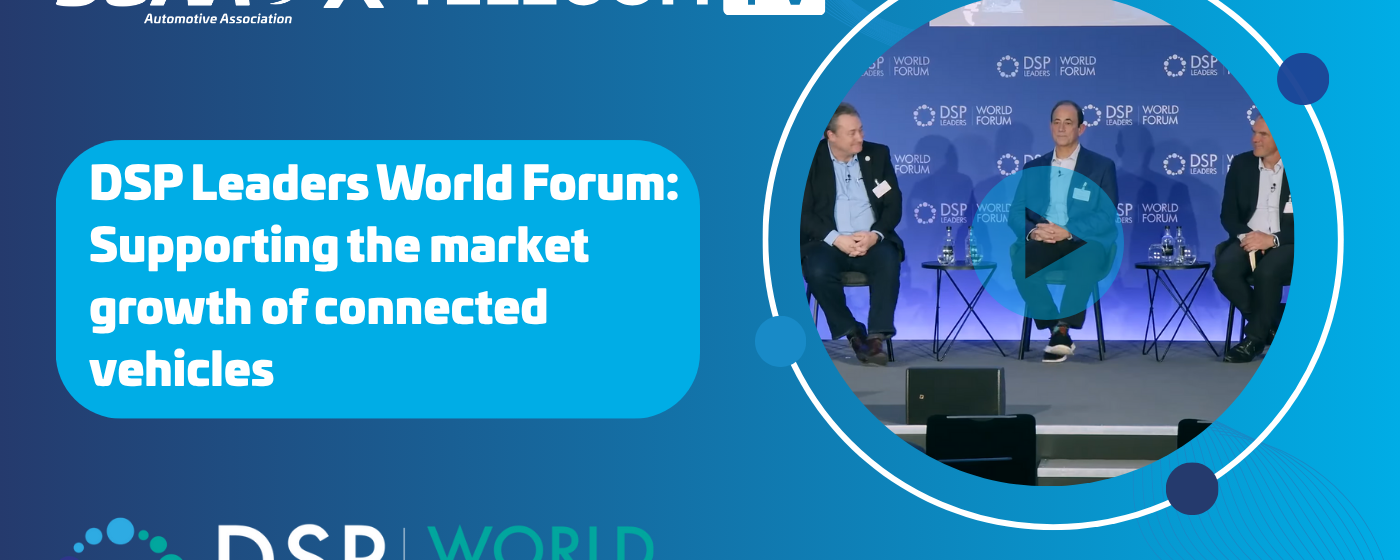
DSP Leaders World Forum: Supporting the market growth of connected vehicles
In this cross-industry panel discussion of TelecomTV’s DSP Leaders World Forum, leaders from Jaguar Land Rover, Wind River and 5GAA explored how telcos and automotive OEMs can better align to support the growth of connected vehicles. From the rise of the software-defined vehicle to monetisation models, regulatory drivers and safety-critical connectivity, they look at the opportunities – and hurdles – to creating smarter, more responsive vehicles. With practical insights on APIs, over-the-air updates, digital twins and vehicle-to-everything (V2X), this debate revealed what it will take to make the connected car ecosystem truly work.
Capgemini
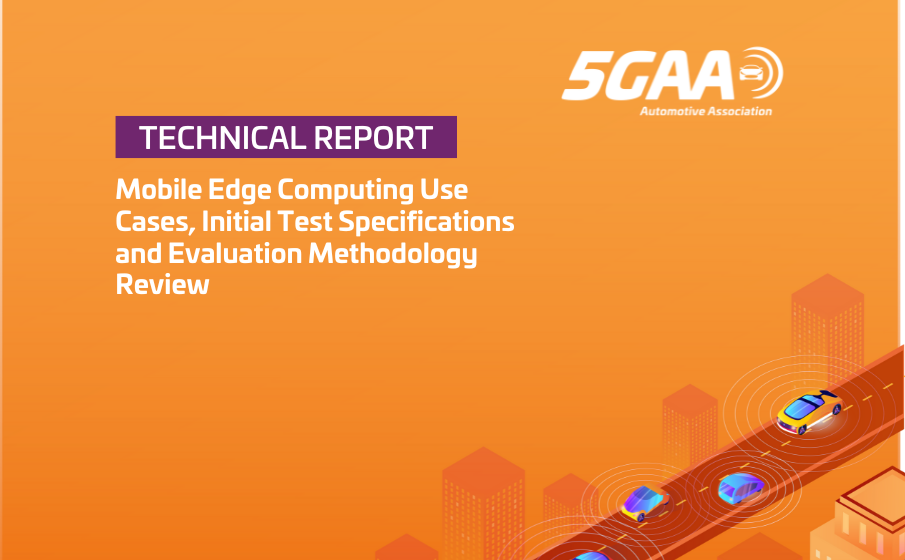
Mobile Edge Computing Use Cases, Initial Test Specifications and Evaluation Methodology Review
This second Technical Report (TR) edition provides an updated set of Use Case requirements, and a new evaluation methodology review for deployment potential using Mobile Edge Computing (MEC) infra-structure. The work is based on Use Cases (UC) and requirements developed by 5G Automotive Association’s Work Group 1 (WG1) and other organisations, such as the European Telecommunications Standards Institute (ETSI) MEC and China’s IMT 2020 PG.
Down-selection and analysis of UCs are outlined in this TR according to different objectives and criteria, including the technology’s feasibility and demonstrated capabilities, its evaluated performance, its proven business potential, etc. For this, a vehicle Original Equipment Manufacturer (OEM) perspective on UCs is featured because the end application is consumed on the vehicle side. Additional requirements, such as end-to-end (E2E) security schemes, should also be considered.
The newly introduced evaluation methodology presented in this TR is examined through discussion of examples and best practices. The aim of this approach is to help OEM’s better evaluate how/when to deploy vehicle features on-board, in MEC, or in a central cloud. A discussion of the relevant criteria to be considered, and the related technical or business issues for these criteria, is given to guide the reader through the evaluation methodology.
Read and download the full report here.
The first version was published in July 2021, and can be found here.
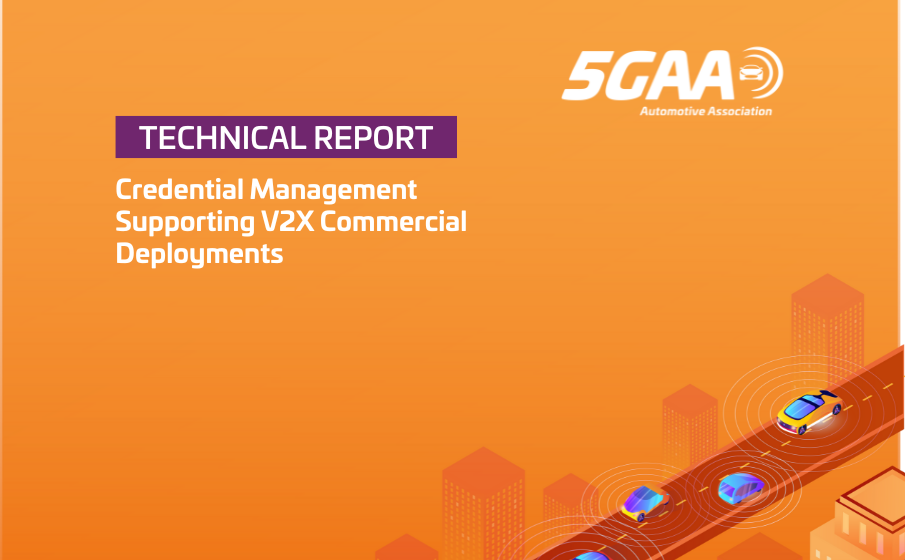
Credential Management Supporting V2X Commercial Deployments
Currently, for V2X direct communication, there is no available common policy (certificate policy for Public Key Infrastructure, or PKI, operators) for Security Credential Management System (SCMS) in the U.S. or Canada. A few SCMS providers created their own policies, which are not only incomplete but there are no published common policy documents feasible for SCMS PKI operation, hindering the widespread adoption of the technology. The Government of Canada sponsored an effort which resulted in a model for consideration.
A common Certificate Policy (CP) would help facilitate an ecosystem supporting interoperability and shared trust for V2X direct communication. The European Union addresses this issue by taking a central regulatory role, creating the CP, Security Policy (SP) and C-ITS Point of Contact (CPOC) documents that govern a V2X PKI for direct communication. North America need not duplicate what has been done elsewhere, though an accepted policy will build a greater ecosystem and support V2X direct deployment among a diverse set of automakers and other transport agencies.
The Certificate Policy Proposal contributing to this Work Item (WI) evolved into a Technical Report (TR) that develops a clear CP leveraging global best practices for security PKI and practical experience securing V2X direct communication, as well as common processes to facilitate an approach to SCMS.
For V2X mobile network communication, certificates are needed to authenticate interconnected backend systems and to protect communication between the systems. This Technical Report also elaborates on how to handle those certificates.
Download the Technical Report here.
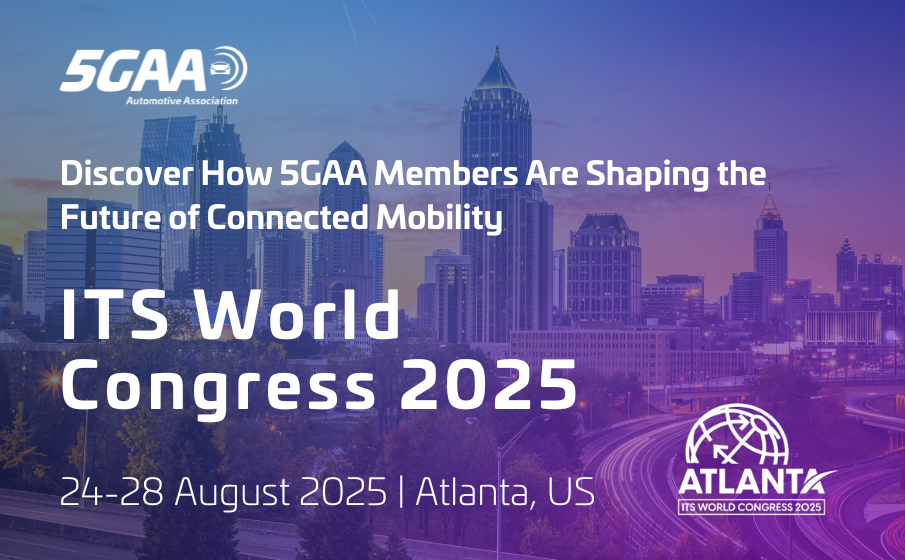
ITS World Congress 2025
5GAA members will be actively participating throughout the entire congress, showcasing their innovative solutions and presenting in dynamic sessions. Stay tuned for more updates!
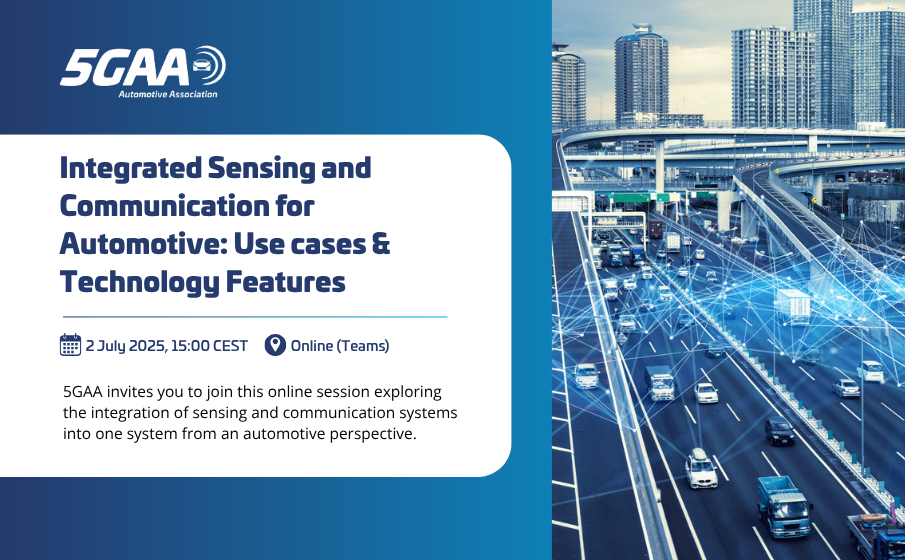
Integrated sensing and communication for automotive: Use cases & Technology Features
The 5G Automotive Association is organising the online session “Integrated sensing and communication for automotive: Use cases & Technology Features”.
Date & Time: Wednesday, 2 July 2025 | 15:00 – 16:00 CEST
Location: Online (Teams)
Join 5GAA and industry experts for an online session exploring the integration of sensing and communication systems into one system from an automotive perspective, as outlined in the 5GAA work item “Study on integrated sensing and communication (ISAC) for C-V2X application”
If you are interested, you can register here.
Experts from Huawei, Continental, and Qualcomm will present to participants critical aspects such as:
- Objectives and scope of ISAC in the automotive sector
- Insights into current ISAC use cases and their sensing requirements
- Emerging ISAC technologies and their potential for future vehicle platforms
If you are interested, you can register here.
Meet the Speakers
- Moderator: Maxime Flament, 5GAA CTO
- José Mauricio Perdomo Zelaya (Huawei)
- David Gonzalez Gonzalez (Continental)
- Shuanshuan Wu (Qualcomm)
Agenda
- Introduction – 5GAA/ISAC WI Maxime Flament
- Problem Statement, Objectives & Scope – José Mauricio Perdomo Zelaya (Huawei)
- ISAC Concept – David Gonzalez Gonzalez (Continental)
- ISAC Use Cases and Sensing SLRs – José Mauricio Perdomo Zelaya (Huawei)
- ISAC Technology Features and Implementation Considerations for Automotive
- ISAC Technology Features and Complementary Components David Gonzalez Gonzalez (Continental)
- ISAC Integration Levels – José Mauricio Perdomo Zelaya (Huawei)
- ISAC Technical Considerations for Automotive – Shuanshuan Wu (Qualcomm)
- Q&A
Register here.
For more information, please contact marcom@5gaa.org
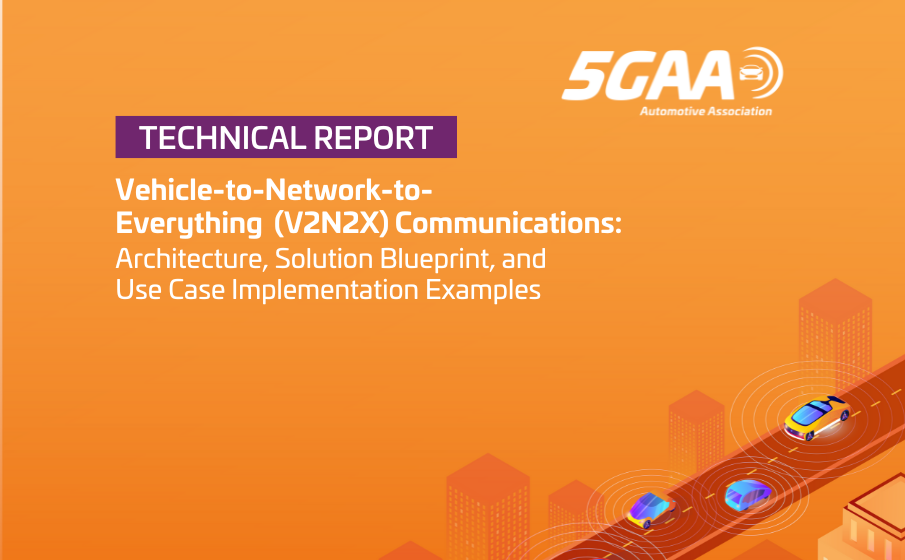
Vehicle-to-Network-to-Everything (V2N2X) Communications: Architecture, Solution Blueprint, and Use Case Implementation Examples
This technical report builds on the 5GAA white paper “Road traffic operation in a digital age” and guides stakeholders on implementing various vehicle-to-everything (V2X) applications using cellular networks and information sharing structures between backend systems.
It presents an application-level reference blueprint architecture and introduces an “information sharing domain” to enable scalable digital data exchange among stakeholders such as vehicle manufacturers, service providers, and infrastructure operators. The report details how to implement V2X applications that enhance safety and mobility, with examples including traffic event and signal information sharing, emergency vehicle approaching alerts, automated valet parking, and vulnerable road user protection. It also explains different implementation options for these applications within vehicles, distinguishing between OEM-controlled, OEM-supported, and OEM-independent apps.
Additionally, it describes proven solutions and references initial deployments like C-Roads and Talking Traffic, highlighting their effectiveness in accelerating V2X service adoption. Ecosystem stakeholders are encouraged to use this document as a guide for deploying V2X services using cellular networks and information sharing, with the potential to address more demanding use cases through enhanced cellular network capabilities.
Read the full report here.
For more information, find the complementary technical report “Business Perspectives on Vehicle-to-
Network-to-Everything (V2N2X) Deployments.”
A 5GAA online session on the V2N2X topic and reports took place on 18 June 2024. The recording of the online session can be accessed here. The slides of the presentation can be accessed here.
The paper was originally published in May 2024. The current downloadable version is the updated edition, released on 3 June 2025. 5GAA remains committed to keeping all its publications accurate and up to date.
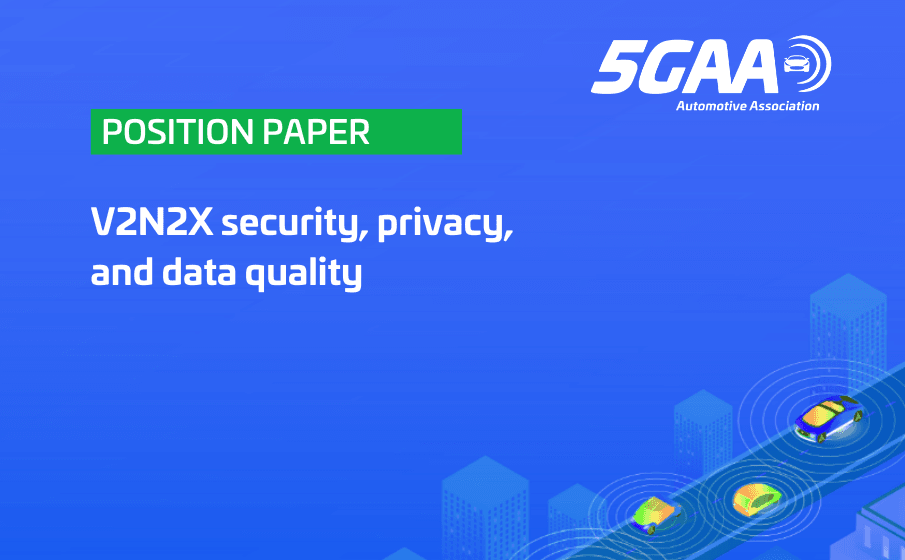
V2N2X security, privacy, and data quality
Cellular Vehicle-to-Everything, or C-V2X, is an umbrella term that encompasses all 3GPP V2X technologies, including both direct (PC5) and mobile network communications (Uu). In many cases, both direct and network modes of C-V2X can be used for the same or similar automotive and Intelligent Transport System (ITS) applications, yet with different service characteristics. However, there are fundamental differences when it comes to the architecture and realisation of different Use Cases applying mobile network vs. direct, short-range, communications. This leads to different ways of handling security, privacy, and how to ensure data quality – the fundamental requirements of every ITS service – when using C-V2X mobile network communication or direct communication. This is already reflected in other organisations such as ITS America.
This 5GAA paper provides an overview of how security, privacy, and data quality are addressed for C-V2X using mobile network and backend communications, also known as Vehicle-to-Network-to-Everything (V2N2X) solutions.
The paper was originally published in December 2024. The current downloadable version is the updated edition, released on 3 June 2025. 5GAA remains committed to keeping all its publications accurate and up to date.
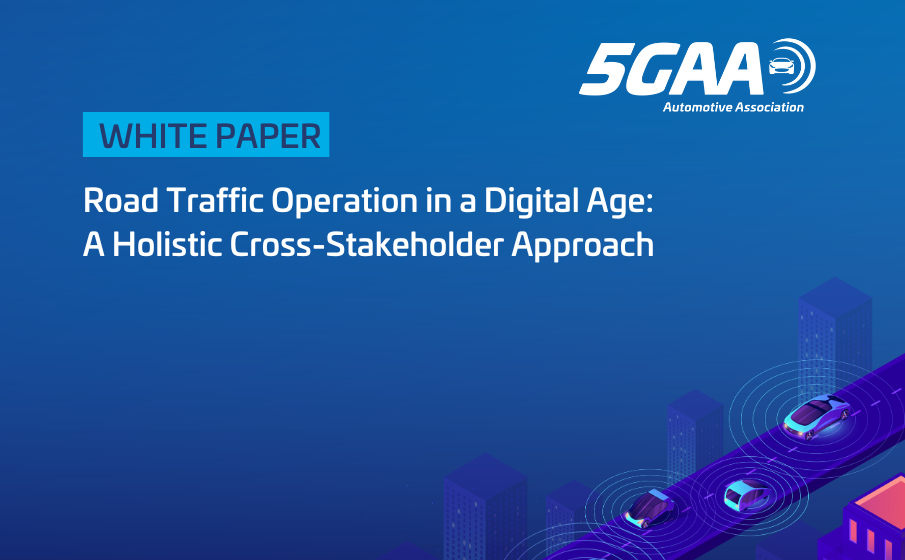
Road Traffic Operation in a Digital Age: A Holistic Cross-Stakeholder Approach
The societal ambitions of zero fatalities and climate neutrality in road transportation, as well as future ambitions of automated driving require a new approach to the handling of road traffic information. The key stakeholders of the ecosystem, global automotive OEMs, service providers (SPs) and infrastructure owner-operators (IOOs), need new digital methods of operating and interworking.
This white paper proposes a transformative approach for automotive stakeholders, emphasizing scalable digital data exchange and a federated architecture to manage road traffic information efficiently. The architecture ensures bidirectional communication, delivering static, semi-static, and near real-time data for safe and efficient transportation. The paper concludes with recommendations for a National Roadway Digital Strategy, federated information-sharing structures, and aligned investments. Emphasising the integration of technologies and data-driven decision-making, it aligns with 5GAA’s mission to propel road traffic operations into the digital age.
Read or download the full white paper here.
The paper was originally published in January 2024. The current downloadable version is the updated edition, released on 3 June 2025. 5GAA remains committed to keeping all its publications accurate and up to date.
Note: To complement this white paper with further technical details and business considerations, 5GAA has developed two technical reports and one position paper:
- Technical Report “Vehicle to Network to Everything (V2N2X) Communications; Architecture, Solution Blueprint, and Use Case Implementation Examples”: This technical report describes for different ecosystem stakeholders how to realise various V2X applications and use cases (UCs), using cellular network communications in combination with information sharing structures between backend systems. It also clarifies the different implementation options of the V2X application in a vehicle and their related implications. In this report, readers can also find verified V2N2X solutions and references to initial operational deployments that realize the suggested application-level reference architecture, e.g., C-Roads, Talking Traffic, Mobilidata, etc. The document is available here.
- Technical Report “Business Perspectives on Vehicle-to-Network-to-Everything (V2N2X) Deployments”: This technical report describes the V2N2X market from a business standpoint, encompassing market dynamics, stakeholder analysis, and business models deployed in various exemplary instances. The document is available here.
- Position paper “V2N2X security, privacy, and data quality”: This position paper provides an overview of how security, privacy, and data quality are addressed for C-V2X using mobile network and backend communications, with highlights on the different characteristics and approaches in comparison with C-V2X direct communications. The document is available here.
A 5GAA online session on the V2N2X topic and reports took place on 18 June 2024. The recording of the online session can be accessed here. The slides of the presentation can be accessed here.



